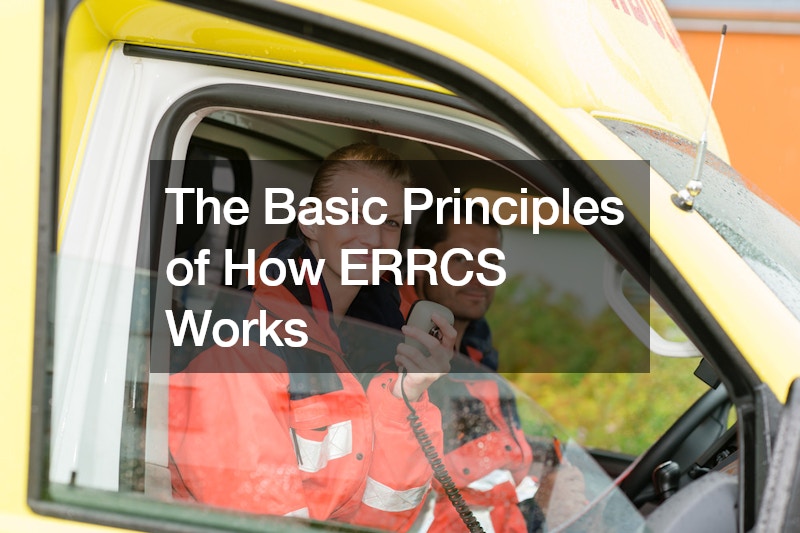

Imagine a world where emergency responders couldn’t communicate effectively within buildings— ERRCS, or Bi-Directional Antenna Systems, steps in to make sure that’s not our reality. These systems are our unsung heroes, ensuring our first responders can amplify their two-way radio signals when it matters most, overcoming challenges identified during global incidents.
At its core, this is our communication superhero. It doesn’t just boost radio signals; it’s the link that lets emergency responders talk to each other and their command centers, even in those hard-to-reach spots where communication was once a struggle.
ERRCS testing used to be reserved for tall buildings or those with underground parking, but now it’s a must for almost any new construction. The system comes with its own cast of characters—amplifiers, antennas, and a heat map that tells us exactly where we’ve got coverage and where we might need a boost.
Just like your favorite gadgets need regular check-ups, ERRCS undergoes testing and inspections regularly, ensuring it’s always ready for action. External factors, like construction next door or changes inside the building, can throw a wrench into ERRCS performance, so keeping an eye on it is crucial.
And hey, even our buildings are getting in on the efficiency game! Requirements in new constructions align with green standards, like LEED certification. It’s not just about amplifying signals; it’s about doing it efficiently, ensuring our safety without compromising our building’s eco-cred.
Understanding ERRCS reveals its superhero status, silently standing guard to keep us connected and safe in times of emergency.
.






